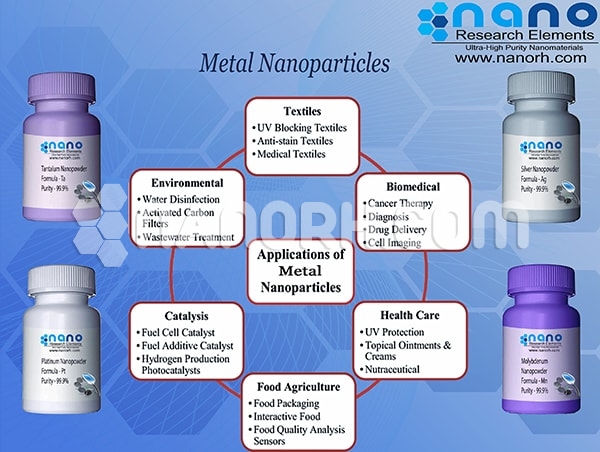METALLIC NANOPARTICLES
METALLIC NANOPARTICLES
INTRODUCTION
Metallic nanoparticles have interested researcher for over a century and are currently intensely used in biomedical sciences and building. They are a focal point of intrigue as a result of their gigantic potential in nanotechnology. Today these materials can be blended and adjusted with different concoction practical gatherings which enable them to be conjugated with antibodies, ligands, and medications of intrigue and in this way opening an extensive variety of potential applications in biotechnology, attractive detachment, and preconcentration of target analytes, directed medication conveyance, and vehicles for quality and medication conveyance and all the more vitally demonstrative imaging. In addition, different imaging modalities have been produced over the timeframe, for example, MRI, CT, PET, ultrasound, SERS, and optical imaging as a guide to picture different sickness states. These imaging modalities vary in the two methods and instrumentation and all the more critically require a balance operator with one of kind physiochemical properties. This prompted the innovation of different nanoparticulate differentiate operator, for example, attractive nanoparticles (Fe3O4), gold, and silver nanoparticles for their application in these imaging modalities.
SIGNIFICANCE
Metal nanoparticles are a rising innovation that holds incredible guarantee for an assortment of restorative and nonmedical fields. Clearly, any metal—silver, copper, gold—can cause poisonous quality at a sufficiently high focus, yet there are additionally runs in which these metals are adequate. With regards to metal nanoparticles, deciding this range might be more troublesome since we should consider the discharged metal species, and also the nanoparticles themselves, except if they are balanced out, for instance in an outside composite. Moreover, metal nanoparticles arrive in an assortment of sizes, shapes, and surface functionalization, making speculations troublesome. For instance, if 5 nm silver nanospheres are demonstrated safe at a specific focus, this may not really mean 60 nm silver nanorods, or 25 nm nanospheres conjugated with a traditional anti-infection.
USE OF METALLIC NANOPARTICLES
Metallic nanoparticles have distinctive applications in various sorts of fields. These particles have structure with optical and electronic properties. These particles can be utilized in electronic applications, for instance the situating of individual atoms of lambda-DNA in an anode hole. Metal nanoparticles have as of late observed to be pertinent in catalysis. Analysts have found that upheld gold nanoparticles are amazingly chemically dynamic for carbon monoxide (CO) at the temperature much lower than room temperature, when the molecule size of the gold is under 5 nm. This finding is extremely proficient for nanocatalysts for some synthetic responses. The interfaces made between the gold nanoparticles with change metal oxide bolsters, for example, zirconia, press oxide, Titania, cerium oxide, and others, are credited to represent the ultra-high synergist action and selectivity. A standout amongst the most appropriate nanoparticles i.e. gold nanoparticles which have been utilized in various fields. These applications are enzymatic biosensor, genosensor, immunosensors, and electrocatalyticchemosensor.
Metallic nanoparticles have diverse applications in various sorts of fields. These particles have structures with optical and electronic properties. These particles can be utilized in electronic applications, for instance, the situating of individual atoms of lambda-DNA in a cathode hole.
FUTURE PROJECTIONS
- The consequences of the analysis detailed in this postulation prompt the potential outcomes of further work that will be led in future.
- A finish think about identified with profundity profiling of silver nanoparticles inserted in the glass grid utilizing Rutherford back disseminating (RBS) should be completed to abuse the present examination in a superior way.
- A orderly examination identified with the dielectric conduct of the silver-pop glass nanocomposites should be done which may give a chance to use these nanocomposite in different scope of uses.
- On the comparative example we will blend copper-pop glass nanocomposites utilizing vacuum statement and particle trade strategies and portray those utilizing diverse procedures.
- On the comparable example we will blend gold-pop glass nanocomposites utilizing vacuum testimony and particle trade strategies and portray those utilizing distinctive methods.

